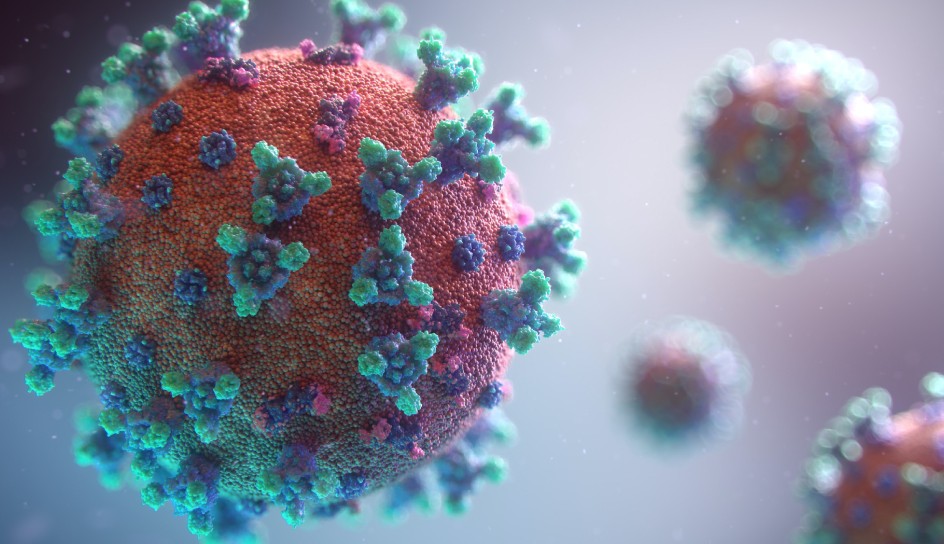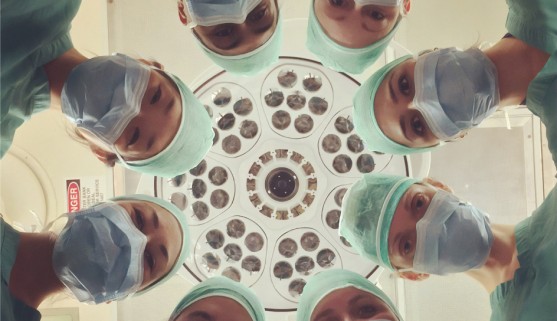Advancing Rare Disease Policy in India: Strengthening the National Framework for Improved Healthcare

For a healthcare system already grappling with a high disease burden, addressing policy and regulatory issues for rare diseases is never an easy choice. After all, the logic of proportionality would always militate against putting in resources for conditions that affect less number of people as compared to regular health conditions that impact the larger chunks of the population.
Ironically, the rarer the disease, the more investment and resources it would require especially due to reasons such as lack of epidemiological data, paucity of relevant research, unavailability or absence of drugs and treatment, and complex tertiary-level management involving long-term care and rehabilitation. Yet, the mere logic of low numbers and incidence can never justify relatively lesser policy attention given to rare diseases. The fact of the matter is that the suffering, or worse, the loss of life of a single person due to any rare disease is a public health challenge and must be treated as such.
Steps taken by the government so far
To be fair to the government, the government has indeed in recent years taken a closer look at the rare diseases landscape in the country. A beginning had been made when the National Health Policy 2017 had referred to the management of rare/orphan diseases in the context of addressing specific gaps in public services through public-private partnership. In July 2017, a National Policy for Treatment of Rare Diseases (NPTRD) was formulated which was subsequently put to a review by an Expert Committee in 2018 due to implementation challenges, among other reasons. And in March last year, a comprehensive National Policy for Rare Diseases 2021 was approved by the Ministry of Health & family Welfare. In addition, a hospital-based ‘National Registry for Rare Diseases’ was initiated by ICMR in 2017 by involving centers across the country that are involved in the diagnosis and management of rare diseases.
Need for a definition: Relevant to a given population/location
While different countries and jurisdictions have set out different definitions for rare diseases, the Indian health regulatory establishment still does not provide for a definition of rare diseases. Unless we really define what it is, it would not be easy to address the issues surrounding rare diseases despite the best of policy intent. Also, we must remember that a rare disease in one country or location doesn’t have to be treated as a rare disease in another. The incidence or prevalence of a so-called rare disease would have to be seen against the total population count, severity, and presence of alternative therapeutic options in a given country or geography.
The numbers are not so small
It has been estimated that rare diseases affect nearly 6 to 8 percent of the population in any country. For a 1.35 billion population in the country, even a conservative estimate yields a count of nearly 81 million people. Indeed, India’s NPTRD puts it at 72 to 96 million people. These are substantive numbers. In fact, as many as 450 rare diseases have been recorded in India.
Predominantly genetic in nature, children most impacted
Given that 80% of rare diseases are genetic in origin, they typically inflict more damage on children. In another assessment, 70% of genetic rare diseases start in childhood. According to the earlier NPTRD, 50% of new cases are found in children and are responsible for 35% of deaths before the age of 1 year, 10% between the ages of 1 and 5 years, and 12% between 5 and 15 years. This inordinately high impact on children obliges the authorities with a moral compulsion to take a more serious view of rare diseases in our country.
However, now that the government has actually put in place the National Policy for Rare Diseases 2021, what more can be done in order to serve the needs of millions of patients with rare diseases in the country?
First, without a proper definition accounting for the specificities of our own healthcare machinery and the national disease of burden in terms of rare diseases, it will be difficult to forge ahead. Therefore we must accelerate the collection of epidemiological data vis-à-vis the National Registry for Rare Diseases through allocation of more resources and personnel. This would help us in arriving at a suitable definition in our national context. Until 31st October, 2021, data of a total of 4001 rare diseases cases (Storage disorders, Small meta bone inborn error of metabolism, primary immune deficiency disorders, skeletal dysplasia, neuro muscular disorders, hemoglobinopathies and bleeding disorders) have been collected. This is encouraging.
Second, there is a need to raise the allocation of funds at various levels in order to actually see more action on the ground. The government has made a one-time provision for Rs 20 lakh for a set of rare diseases identified under Group 1 and amenable to one-time curative treatment. But the catch is that the patients have to be eligible for Pradhan Mantri Jan Arogya Yojana.
Similarly, for diseases categorized under Group 2 which can be managed with special diets or hormonal supplements or other relatively low cost interventions, it has reached out to the state governments which could consider supporting these patients. However, the most overlooked segment has been those diseases delineated under Group 3 for which definitive treatment is available but involves very high cost and lifelong therapy. Here, the suggestion of a voluntary crowdfunding mechanism to raise resources even with the help of digital media and the intended roping in of PSUs and corporate houses under CSR rules does not guarantee that a patient would be able to timely raise enough funds for lifelong treatment. As such, the government must provide for substantive funds on this count or incentivize companies and institutions sufficiently for the latter to support treatment of individuals with such rare diseases. In fact, due to scarcity of resources, a suitable strategy for prioritization of treatment could be worked out. For instance, if the same family has more than one case, treatment can be made available to the child with most likelihood of survival.
Third, the allocation of Rs 5 crore to the 8 identified Centers of Excellence (COE) for upgrading their infrastructure and equipment must be increased substantially.
Fourth, we must remember that early and timely diagnosis would not only bring down long-terms costs, for both the patient and the government, but also prove to be lifesaving. So, although the National Policy for Rare Diseases 2021 has spoken of the need for preventive screening through prenatal screening, prenatal diagnosis, newborn screening and early postnatal diagnosis and treatment, there is a need to make the related infrastructure and equipment available in our hospitals and clinics. Besides strengthening tertiary care, given that 90% of children are born in nursing homes, the government can surely mandate the clinics to ensure newborn screening for at least a few treatable rare diseases, as it happens in the developed world.
In sum, even as the National Policy for Rare Diseases 2021 has been a welcome first step, the government needs to further bolster it with relevant policy support as well as higher resource allocation.
Read More
Advancing Rare Disease Policy in India: Strengthening t...

Need to include rare disease patients from India in for...




